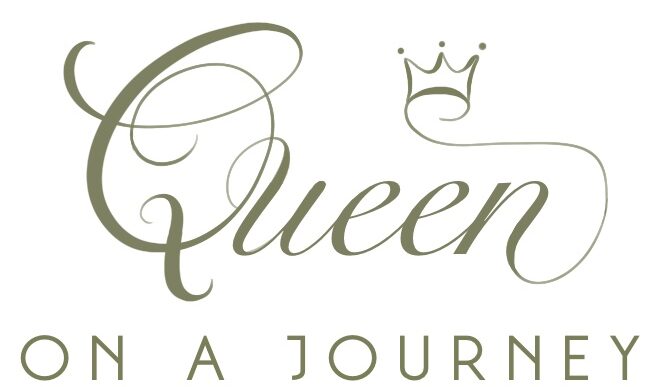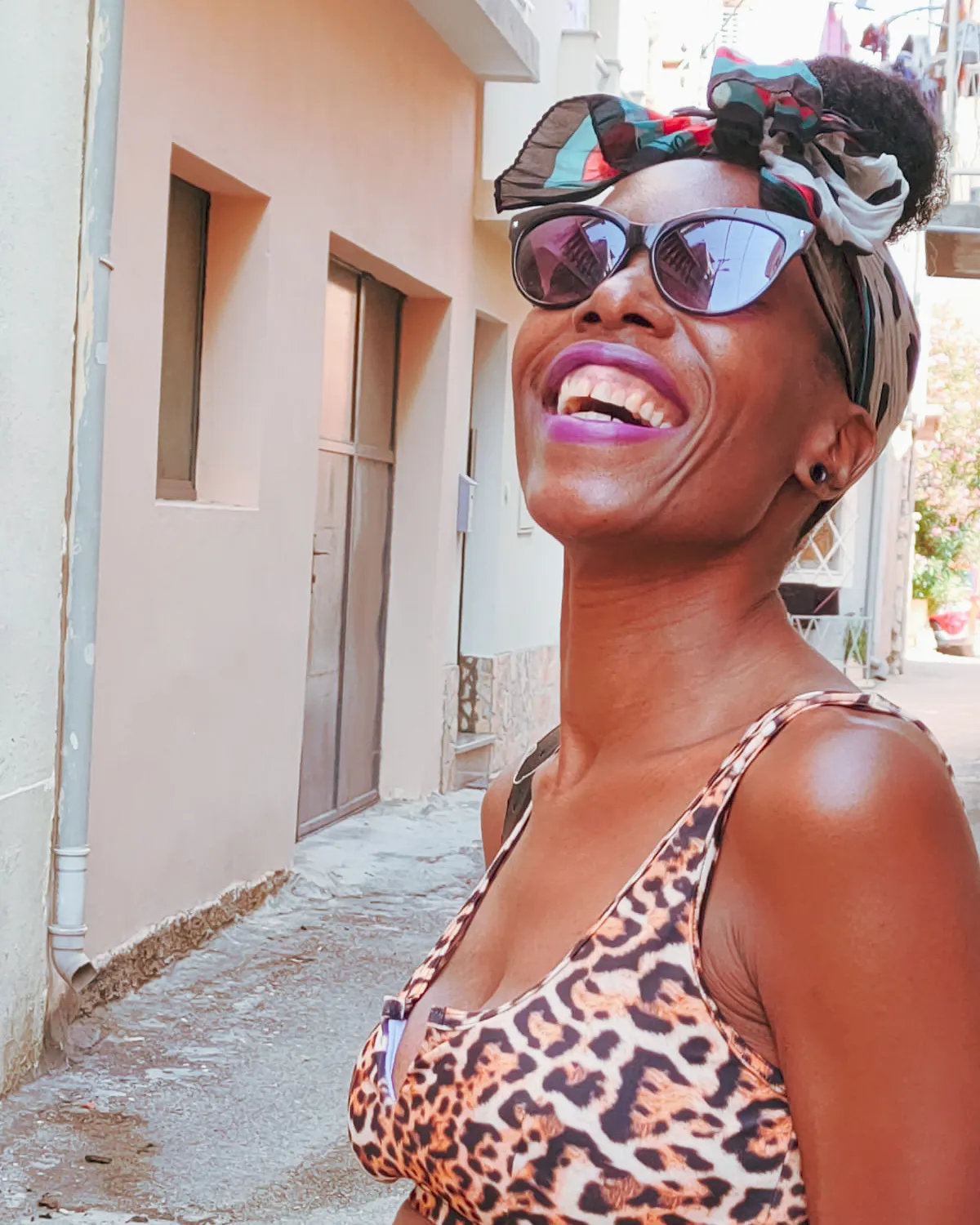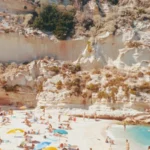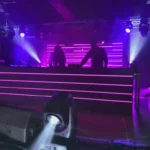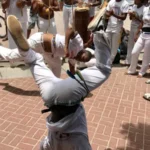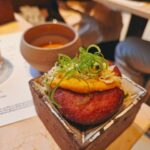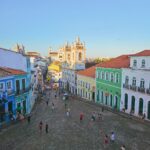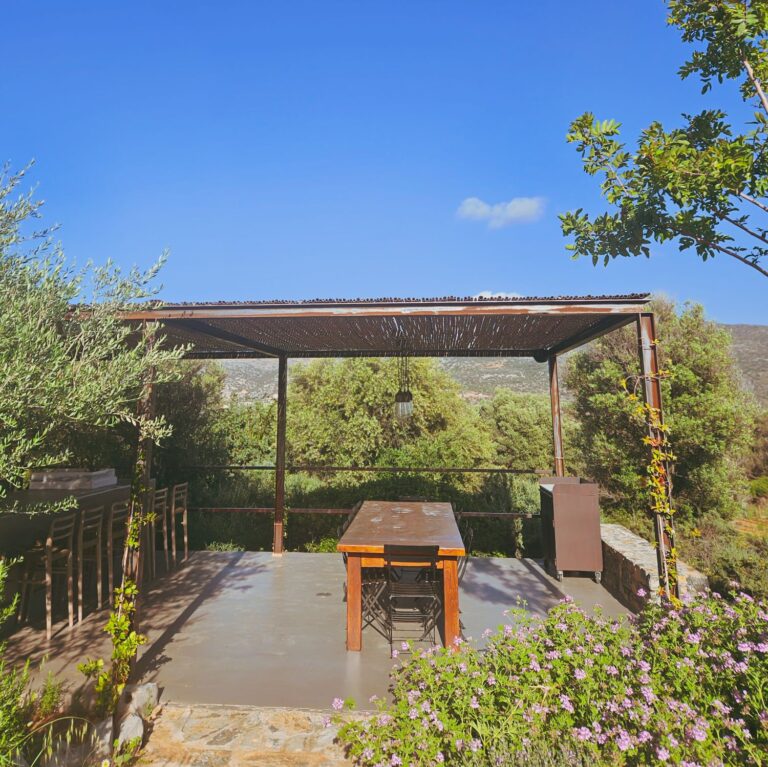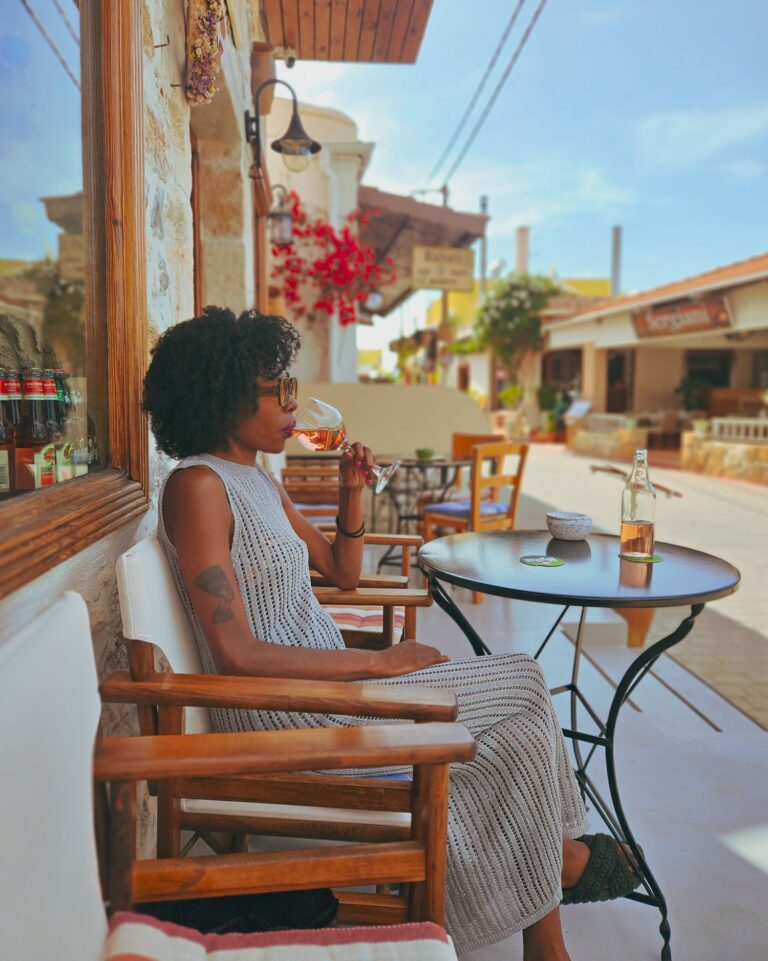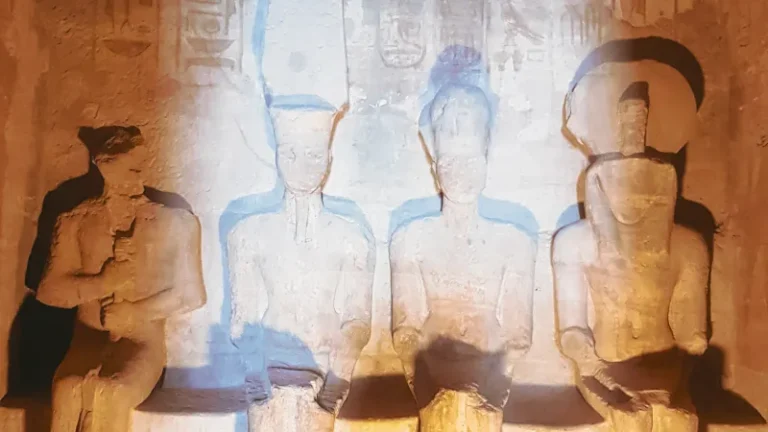It opened at 10.00am, so I wandered aimlessly around the old town as I had time to spare but happened upon it with my internal GPS. I knew this was it as I got a sinking feeling. Like ancestral trauma ran through my body.
On the ceiling of the forecourt is an old map. I’m not sure if it depicts the transatlantic journey. The square in front of the building has a church at the rear and, absurdly, a statue of Henry the Navigator, the man responsible for these atrocities, proudly facing out towards the sea. The square is also named after him.
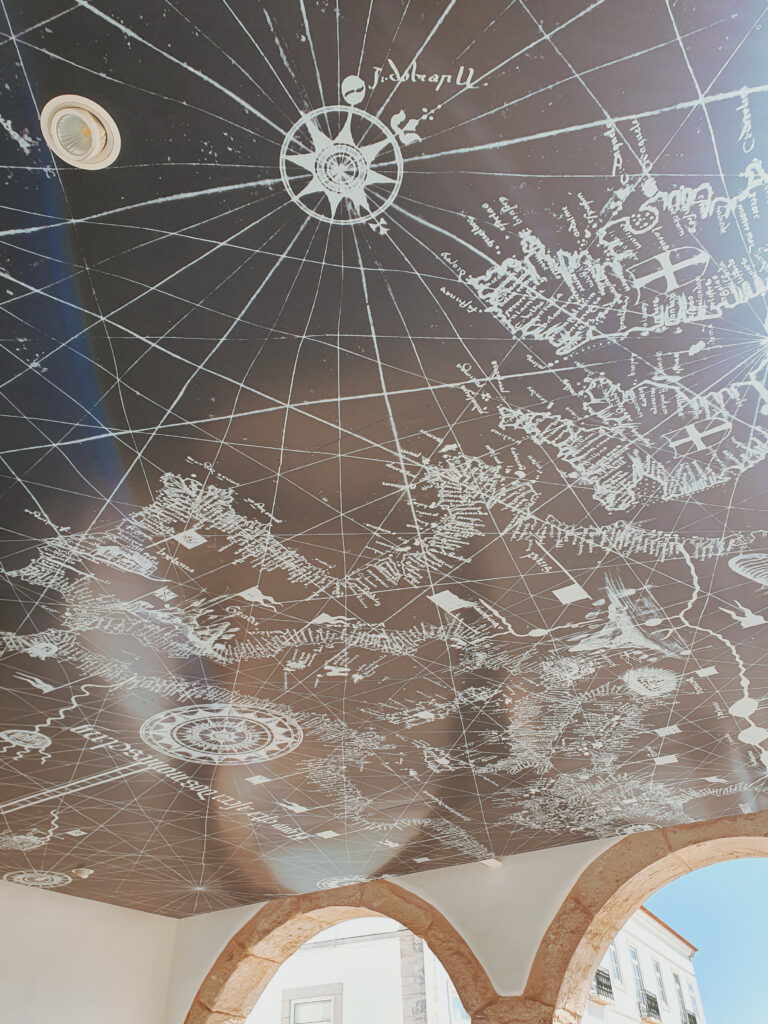
I can only imagine that my ancestors were crammed in the small forecourt of the building known to be Europe’s first slave market before being paraded on the square (where the statue of Henry and the Santa Maria Church sits) to be sold as chattel.
Mercado de Escravos
Though the building was substantially re-built in 1691 and used as a customs house, I still feel the energy of the place. The Mercado de Escravos (Slave Market) is where Europe’s first slave market took place in 1444.
In 2016, the building was occupied by a museum dedicated to the harrowing story of slavery in Lagos and the Algarve region, which continued until 1761 and the economic growth that followed. This small museum is spread over two floors though the second floor is a new addition to the building.
Particularly upsetting, the museum tells how the largest rubbish tip in Lagos, dating back to the medieval and modern period, was unearthed outside the town’s famous medieval wall, which tourists now frequent in droves. In the tip amongst the domestic waste were skeletons of enslaved Africans. Numerous bones were in positions signifying that enslaved Africans would have been thrown in.
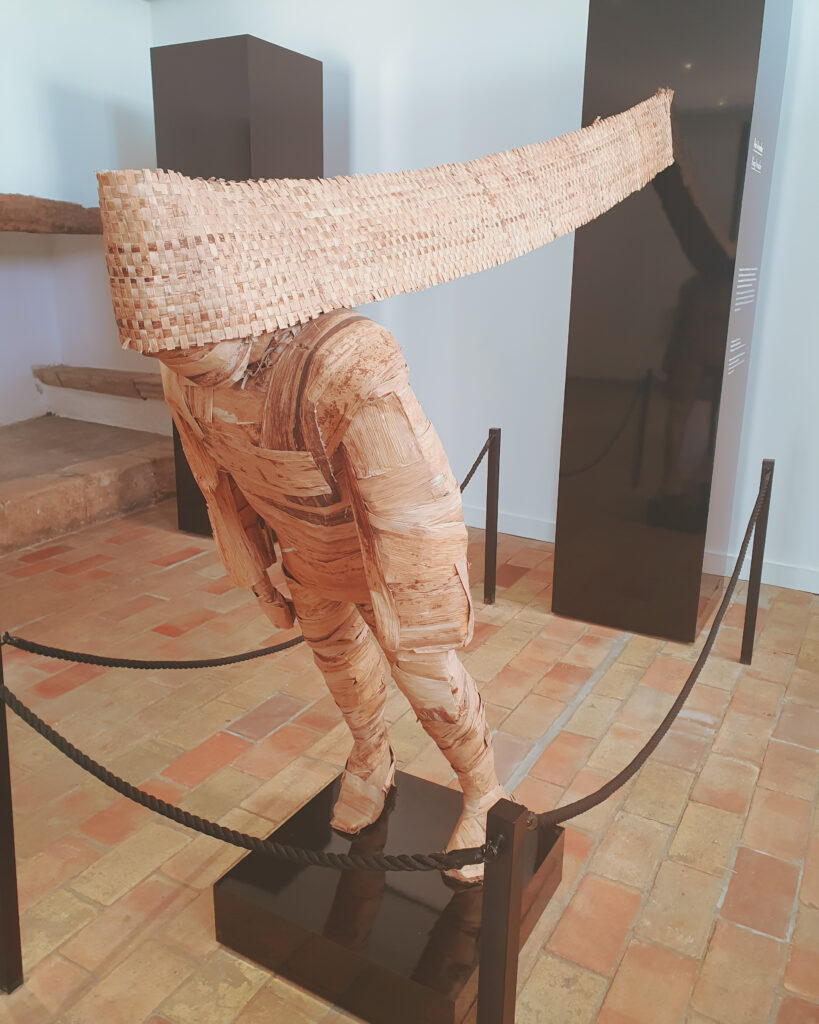
The museum also highlights King Amador, who led an uprising against slavery in São Tomé and Príncipe in 1595, becoming a symbol of nationalistic spirit. There is a figure depicting him, which grabs your attention on entry.
A bit of history about Lagos
Beyond the scenic cobbled lanes, god-fearing churches, coastline of beaches and stunning rock formations, this quaint marina town has a sickening past. Though very few of the physical remains of Lagos’ shameful past are on display in its old town, the barbarous effects are still felt by the ancestors of numerous Africans of the diaspora worldwide.
Portugal was at the root of the transatlantic slave trade, and Lagos is where it began. It was the first point of entry for enslaved Africans into Europe. It is here the transatlantic slave trade, European colonization, and capitalism began.
So what’s with this Henry guy?
Though neither sailor nor navigator, Henry gained notoriety for sponsoring numerous exploratory sea voyages. These voyages sparked Europe’s age of exploration. Henry is, therefore, often credited with beginning the “Age of Discovery” (a phrase that doesn’t sit right with me). During this period, the Portuguese and other European nations expanded their reach to Africa, Asia and the Americas.
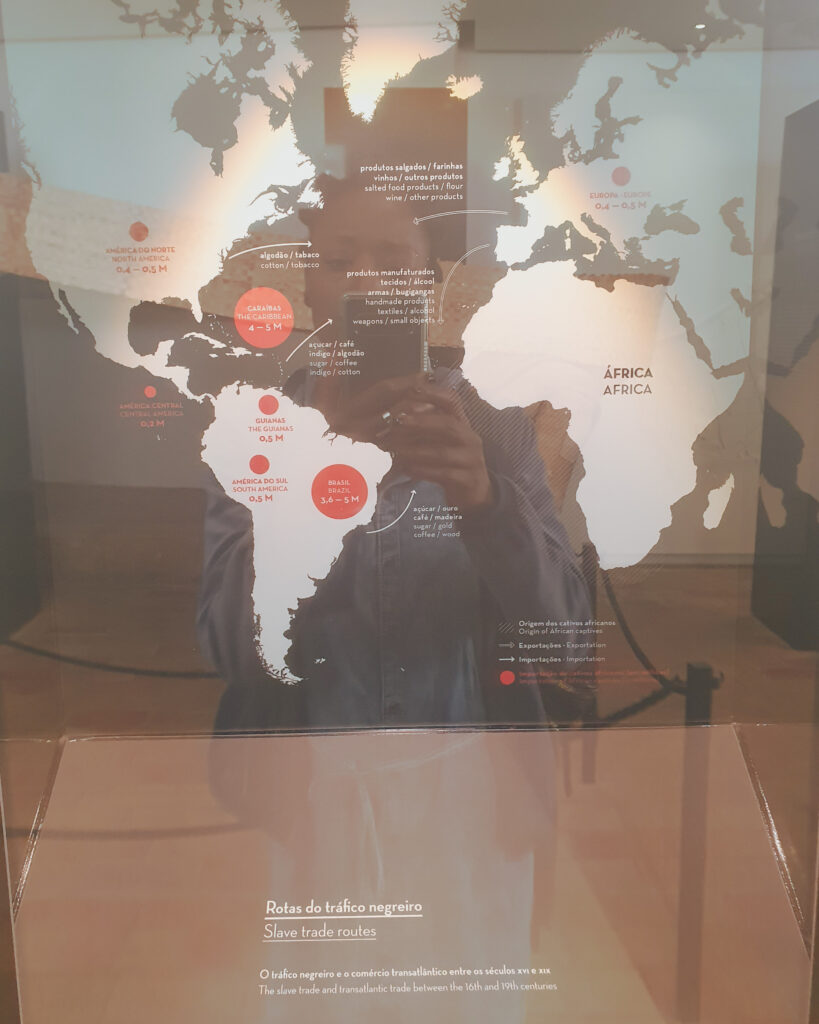
Portugal and the transatlantic slave trade
The Portuguese were the first Europeans to venture into Sub-Saharan Africa, sponsored by Henry to see how far the kingdoms of the Moors had reached. It is believed that the first ten enslaved Africans arrived in the area in 1442.
In 1444, around 200 enslaved Africans from the western coast of Africa were brought back to Lagos on the Algarve. They had been kidnapped in raids after Henry set up a trading post off the coast of present-day Mauritania.
The slave trade and Christianity
The pope gave Henry and Portugal exclusive rights to all commercial enterprises in Africa, including the trade in slaves, under the provision that they convert all those enslaved to Christianity. Enslaved Africans were baptized before shipment, and enslavement justified by the conversion of the enslaved to Christianity.
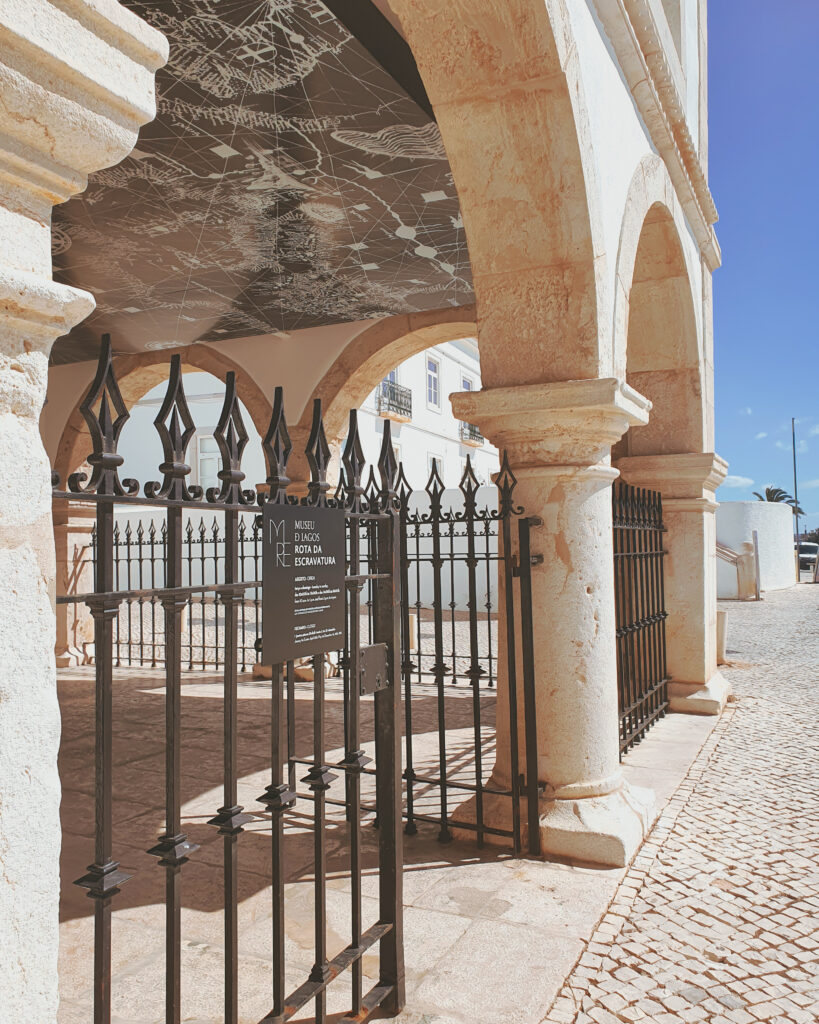
Slavery in Lagos
After the first large-scale sale of enslaved Africans proved profitable, it led to more Portuguese raids on West Africa. Over ten years, an estimated 800 enslaved Africans were brought to Lagos through this pre-Middle Passage route.
Lagos was one of the first ports involved in the slave trade, and the Mercado de Escravos was Europe’s first slave market, enriching the Portuguese crown.
After 1444
After 1444 Lagos received annual shipments of enslaved Africans from West Africa. Many enslaved Africans died on route, and those that did survive the journey perished in the living conditions in Portugal, dying before the process of Christianisation. The skeletons found during the excavation of the rubbish dump in Lagos and written testimonies dating from the 15th century by Gomes Eanes de Zurara, a Portuguese writer, confirm this.
The museum also exhibits Portuguese speaking countries on the slave route. It shows how Portugal soon expanded their trade along the whole west coast of Africa. Henry held the monopoly on all expeditions to Africa granted by the crown until he died in 1460. After this time, any ship sailing to Africa required authorization from the crown. All enslaved Africans and goods brought back to Portugal were subject to duties and tariffs.
Therefore, not only is Henry known to have ushered the “Age of Discovery” but also the transatlantic slave trade. His colonization efforts sparked some of humanity’s greatest atrocities.
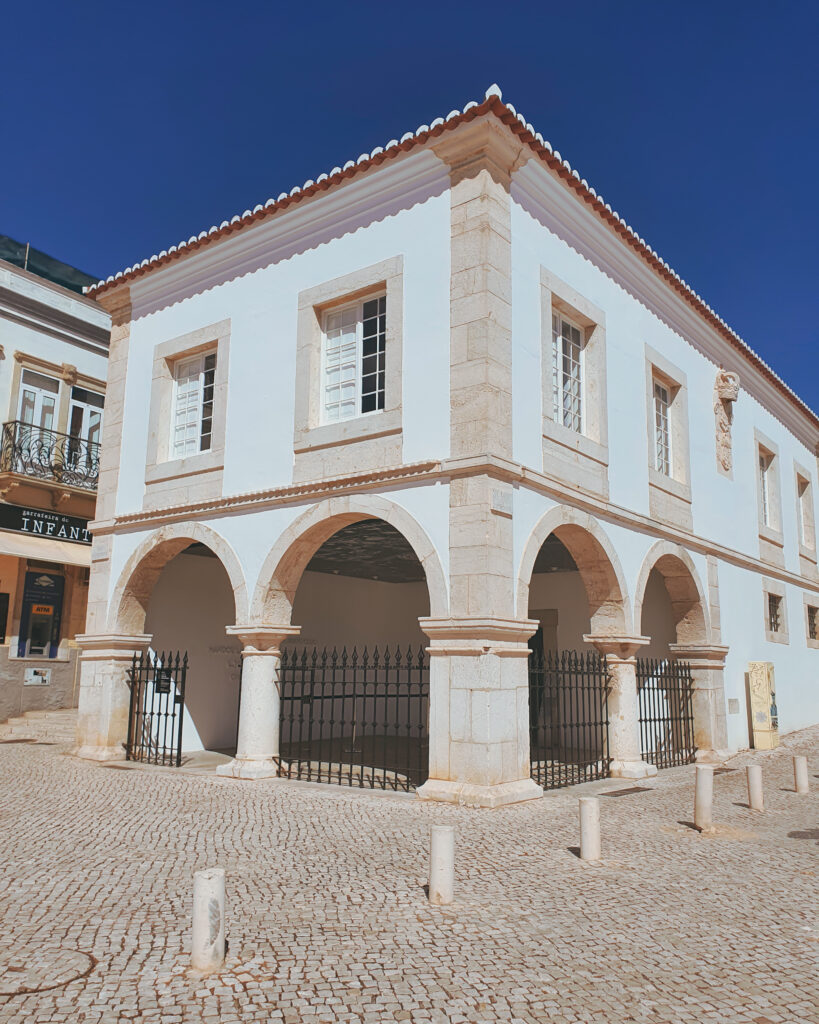
Percentage of enslaved Africans in Lagos
Many enslaved Africans were sold to other countries in Europe. It is estimated that by the 16th century, enslaved Africans made up around 10% of the population of the Algarve.
They have a booklet on sale for €5 entitled “Lagos and the slave route”. It details points of interest and gives a timeline of slavery in Lagos. In a rather sanitised account the book states that most enslaved Africans were kept in Portugal, working in households and local businesses. Women sold seafood, vegetables, water and coal in the streets, and the men were engaged as sweepers, labourers, fishermen and transporting heavy goods.
The Portuguese African slave market eventually moved to the country’s capital, Lisbon. The Portuguese crown established rules on arrivals, taxation and sales. Subsequently, other countries developed their own routes, them too obtaining their wealth from the inhumanity of the African slave trade.
It is possible that Lagos, Nigeria, could be named after Lagos in Portugal. In the 15th century, Lagos, Portugal, was the main centre of Portuguese maritime expeditions down the African coast.
And from there
In 1526, Portuguese sailors carried the first shipload of enslaved Africans to Brazil, establishing the transatlantic slave trade. Like the Portuguese colonies in West Africa, enslaved Africans were forced to work Brazil’s sugar and other plantations.
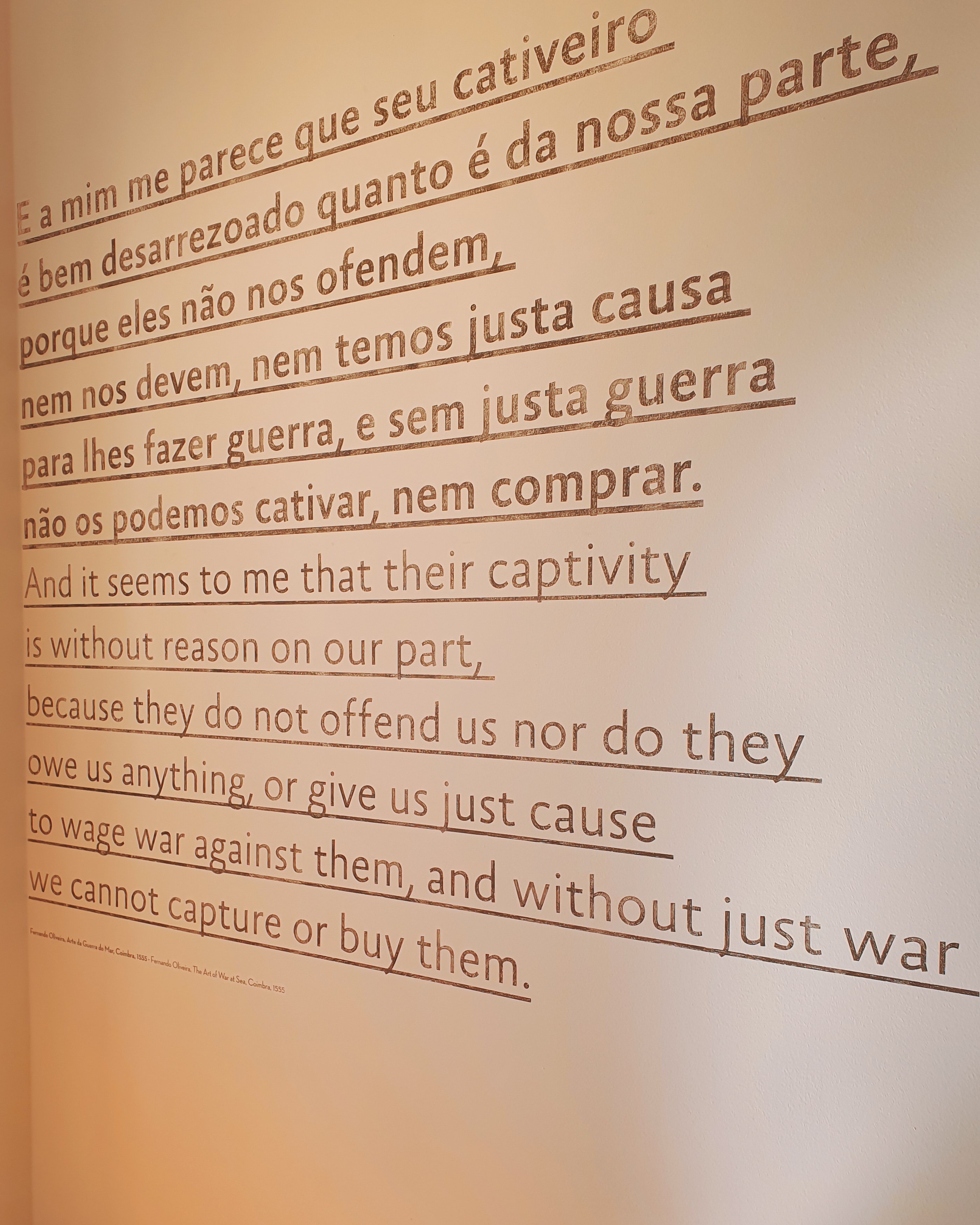
The church across the market square
I asked the staff member on the front desk how old the Santa Maria Church was, directly opposite Europe’s First Slave Market on the other side of the square. It has been there since 1498. I ask as I’m still trying to get my head around how a place of worship is so close to such inhumane acts. From this slave market my ancestors would have been led onto the market square for sale. I do not doubt that the church was strategically placed to yet again justify such savagery as God’s will.
My visit spurs many emotions, but as I stand here today, there’s no doubt that it’s due to the unrivalled strength of my ancestors.
Address: Praça do Infante Dom Henrique
Lagos 8600-525, Portugal
Entrance fee: €3
